Today, November 30, at Phenikaa University (Hanoi), the Ministry of Education and Training held a discussion to collect comments on the draft Planning of the network of higher education institutions (Universities) and pedagogical institutions (hereinafter referred to as the university network) for the period 2021 - 2030, with a vision to 2050.
In the draft that the Ministry of Education and Training is collecting comments to complete, in the section describing the current status of the university network, the ministry emphasized the scale of STEM training ( science , technology, engineering, mathematics). In it, it mentioned the paradox of university training in this field, which is that the places where most of the students won national and international prizes in mathematics and basic sciences, the proportion of STEM students is not high.
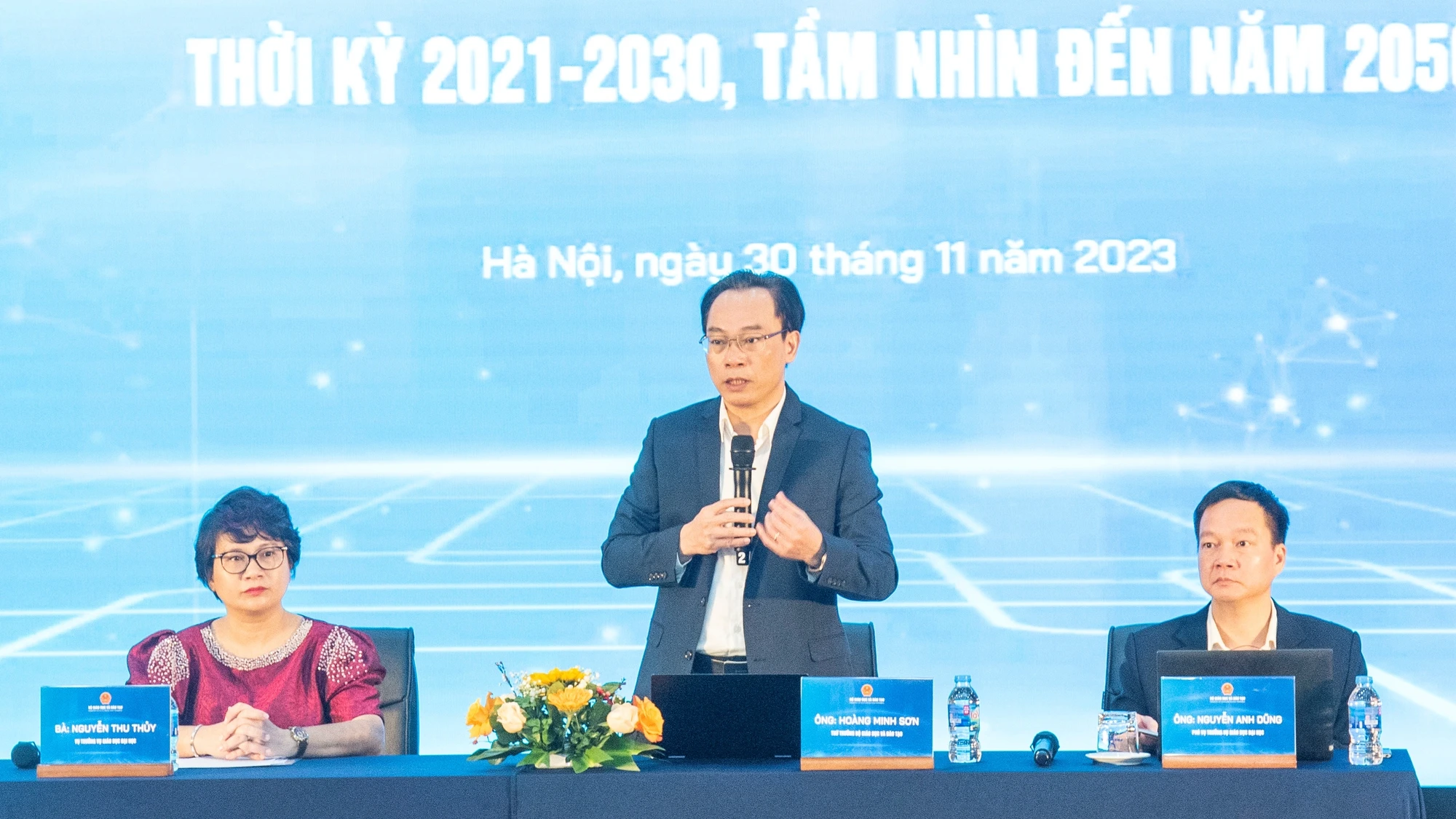
Deputy Minister of Education and Training Hoang Minh Son chaired a discussion to collect comments on the draft Planning of the network of university and pedagogical education facilities.
80% of STEM students come from the Southeast and Red River Delta.
According to the Ministry of Education and Training, in general, the scale and proportion of university students studying STEM fields (calculated as a percentage of total students) are lower than in some countries in the region and Europe.
This rate in Vietnam fluctuates between 27 and 30%, specifically in 2021 it reached approximately 28%. Meanwhile (also in 2021), this rate in Singapore is 46%, Malaysia 50%, South Korea 35%, Finland 36%, Germany 39%.
Particularly for natural sciences and mathematics, the student enrollment rate in Vietnam is only approximately 1.5%, equal to 1/3 of Finland, 1/4 of South Korea and 1/5 of Singapore and Germany.
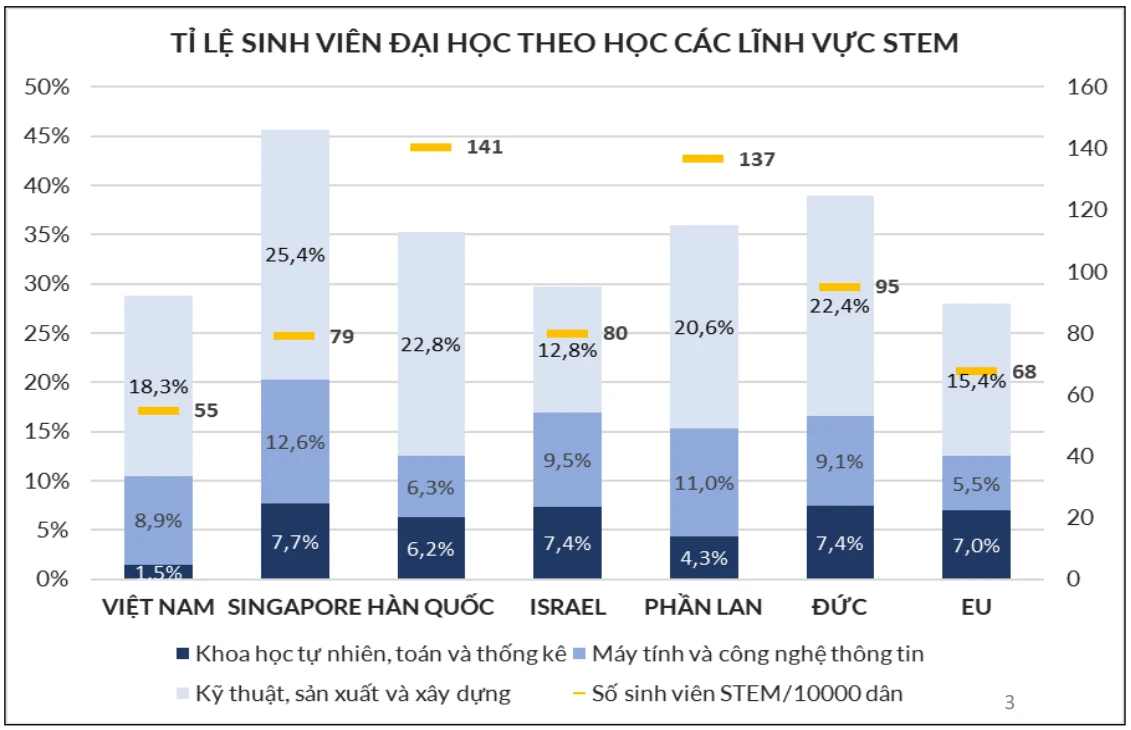
Comparing the rate of university students studying STEM in Vietnam with other countries
Notably, universities in the Southeast region have a rate of students choosing to study natural sciences, mathematics and statistics reaching 3.5%, double that of the Red River Delta region.
If calculated by the localities where students study, in the 10 localities with the highest proportion of students choosing to study natural sciences, mathematics and statistics, there are 9 provinces in the Mekong Delta and one city in the Southeast (Ho Chi Minh City). In the list of 10 localities, there is no province or city located in the North or Central regions, which are where most of the national and international excellent student awards in mathematics and basic sciences are concentrated.
However, if we expand the statistical scope, the Red River Delta is also the place with a high proportion of students studying STEM, 50.2% (second only to the Southeast, 58.2%). If we only count STEM students in the whole country (based on the number of new students recruited in 2022), students from the Southeast and Red River Delta regions account for 80%. Of the 30 universities with over 6,000 STEM students, there are 16 schools in the Red River Delta and 10 schools in the Southeast.
The rate of students choosing to study STEM fields at training institutions in the North Central and Central Coast regions and the Mekong Delta is only approximately 15%, the Northern Midlands and Mountains is approximately 10% and the Central Highlands is only approximately 2%.
Market demand determines the attraction of candidates to choose the major.
The Ministry of Education and Training stated that the rate of students choosing to study STEM (according to the locality where students study as well as the locality where STEM training schools are located) has a strong correlation with the level of socio -economic development of the locality and region; there is a correlation between the rate of students studying STEM and the average income per capita of the localities.
This shows that the demand of the labor market is decisive in attracting candidates to choose a major. The nature of this relationship is a two-way interaction, from increasing the demand for human resources for socio-economic development will lead to an increase in the rate of people studying STEM majors. Conversely, increasing the workforce with high training in STEM fields will lead to promoting socio-economic development and increasing income for the people.
Typical evidence for the above statement is the case of Hung Yen, Hai Duong, Thai Binh. In 2022, these are the 3 provinces with the highest rate of STEM students nationwide (Hung Yen 44.6%, Hai Duong 42.6% and Thai Binh 41.2%), while the average income per capita is only outside the top 10. However, Hung Yen, Hai Duong, and Thai Binh are having a fairly high annual growth rate, which is a significant factor affecting the increase in STEM students in these localities.
However, there are still some exceptions to the general correlation “picture”. For example, the four localities with the highest per capita income in the country have average STEM enrollment rates (Binh Duong 30%, Ho Chi Minh City 34.6%, Hanoi 31.3% and Dong Nai 31.6%).
According to the Ministry of Education and Training, the economies of these localities depend heavily on the labor force from other localities. In addition, in localities with high income levels, the proportion of students who are good at basic science subjects choosing to study abroad is quite large, leading to a low rate of domestic study in STEM fields.
Source link




![[Photo] Parade to celebrate the 50th anniversary of Laos' National Day](/_next/image?url=https%3A%2F%2Fvphoto.vietnam.vn%2Fthumb%2F1200x675%2Fvietnam%2Fresource%2FIMAGE%2F2025%2F12%2F02%2F1764691918289_ndo_br_0-jpg.webp&w=3840&q=75)


![[Photo] Worshiping the Tuyet Son statue - a nearly 400-year-old treasure at Keo Pagoda](/_next/image?url=https%3A%2F%2Fvphoto.vietnam.vn%2Fthumb%2F1200x675%2Fvietnam%2Fresource%2FIMAGE%2F2025%2F12%2F02%2F1764679323086_ndo_br_tempimageomw0hi-4884-jpg.webp&w=3840&q=75)


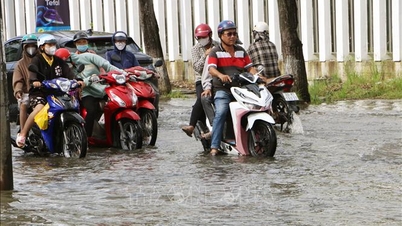

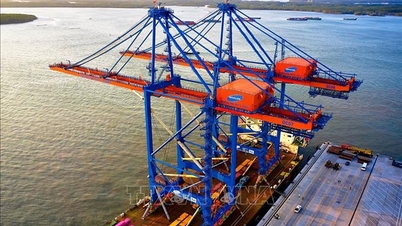
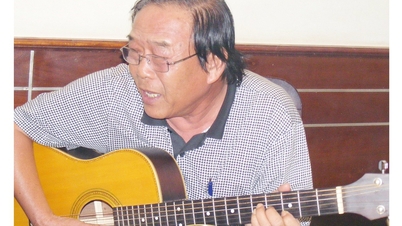







![[Video] Urgently complete school repairs and provide textbooks to students in flood-affected areas before December 10](https://vphoto.vietnam.vn/thumb/402x226/vietnam/resource/IMAGE/2025/12/03/1764745325198_hoc-sinh-vung-lu-4846-jpg.webp)




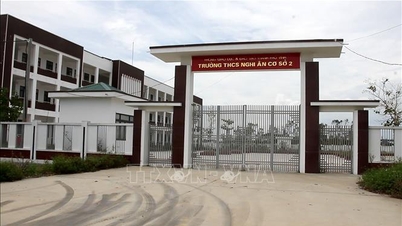








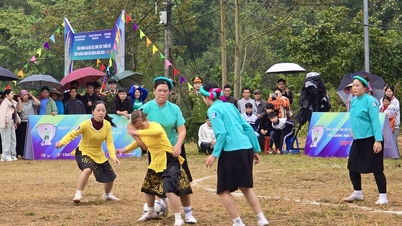










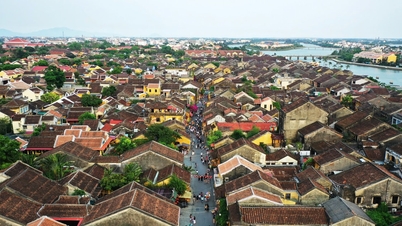


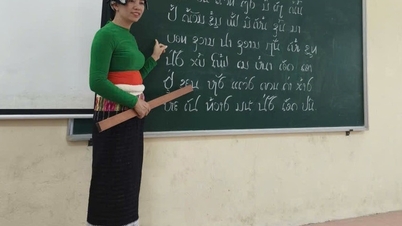

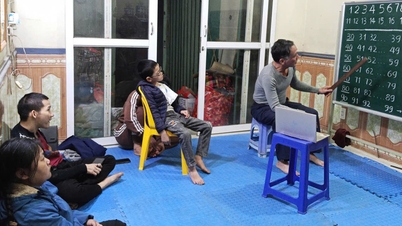






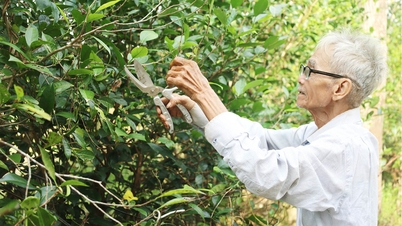

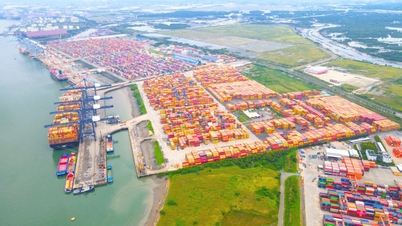




















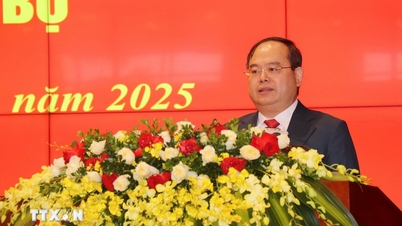

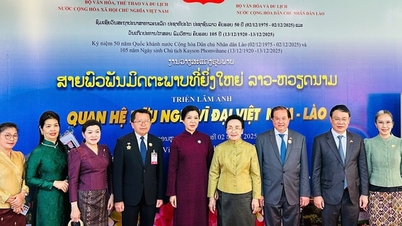






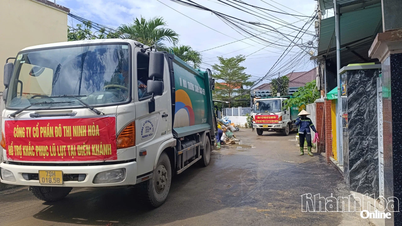

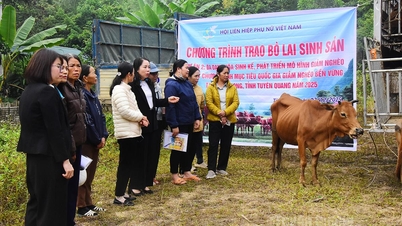





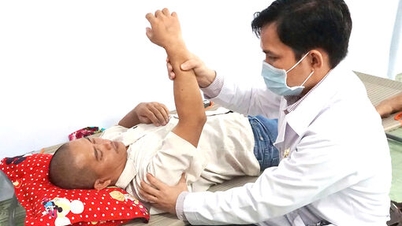












Comment (0)